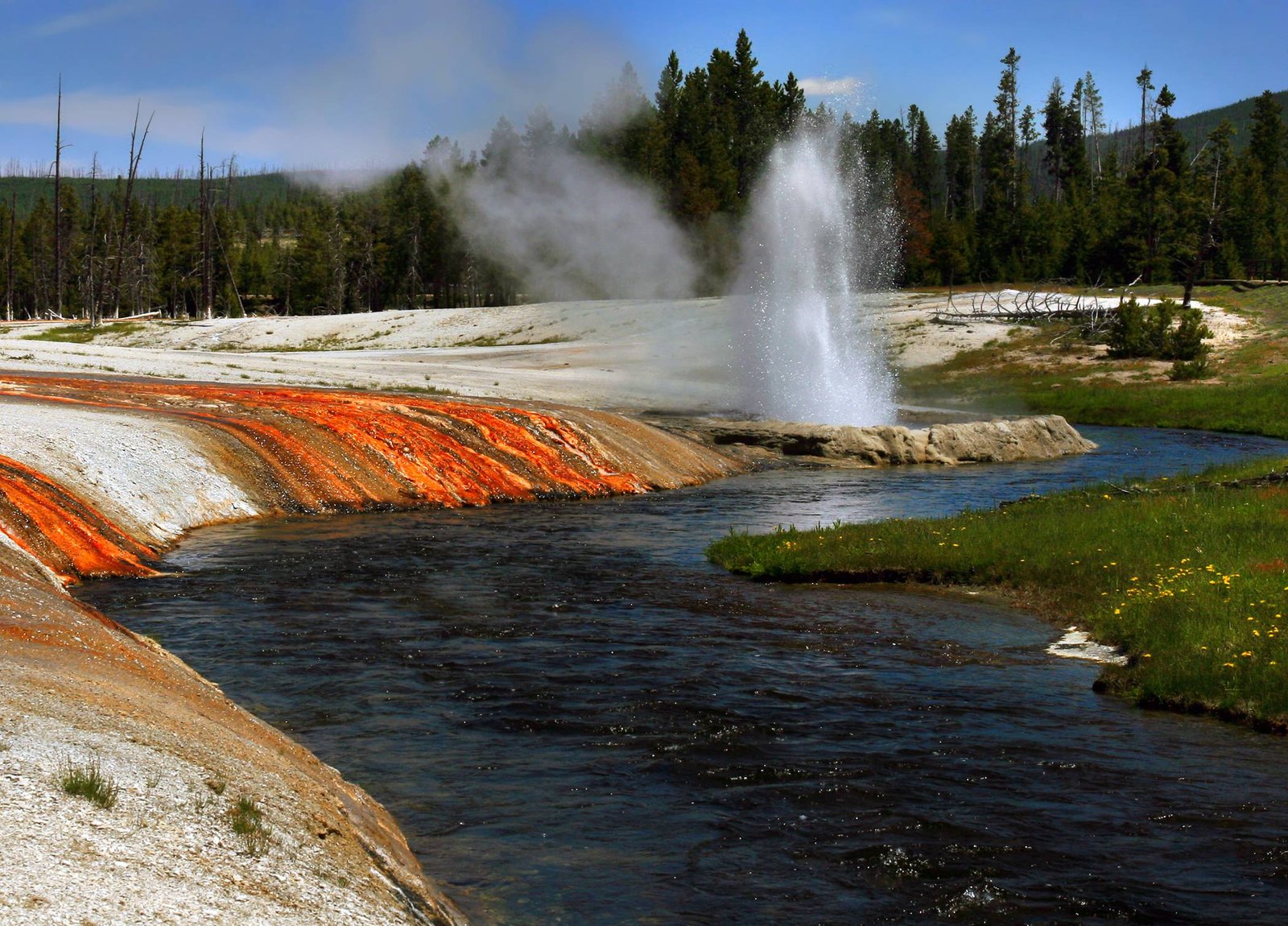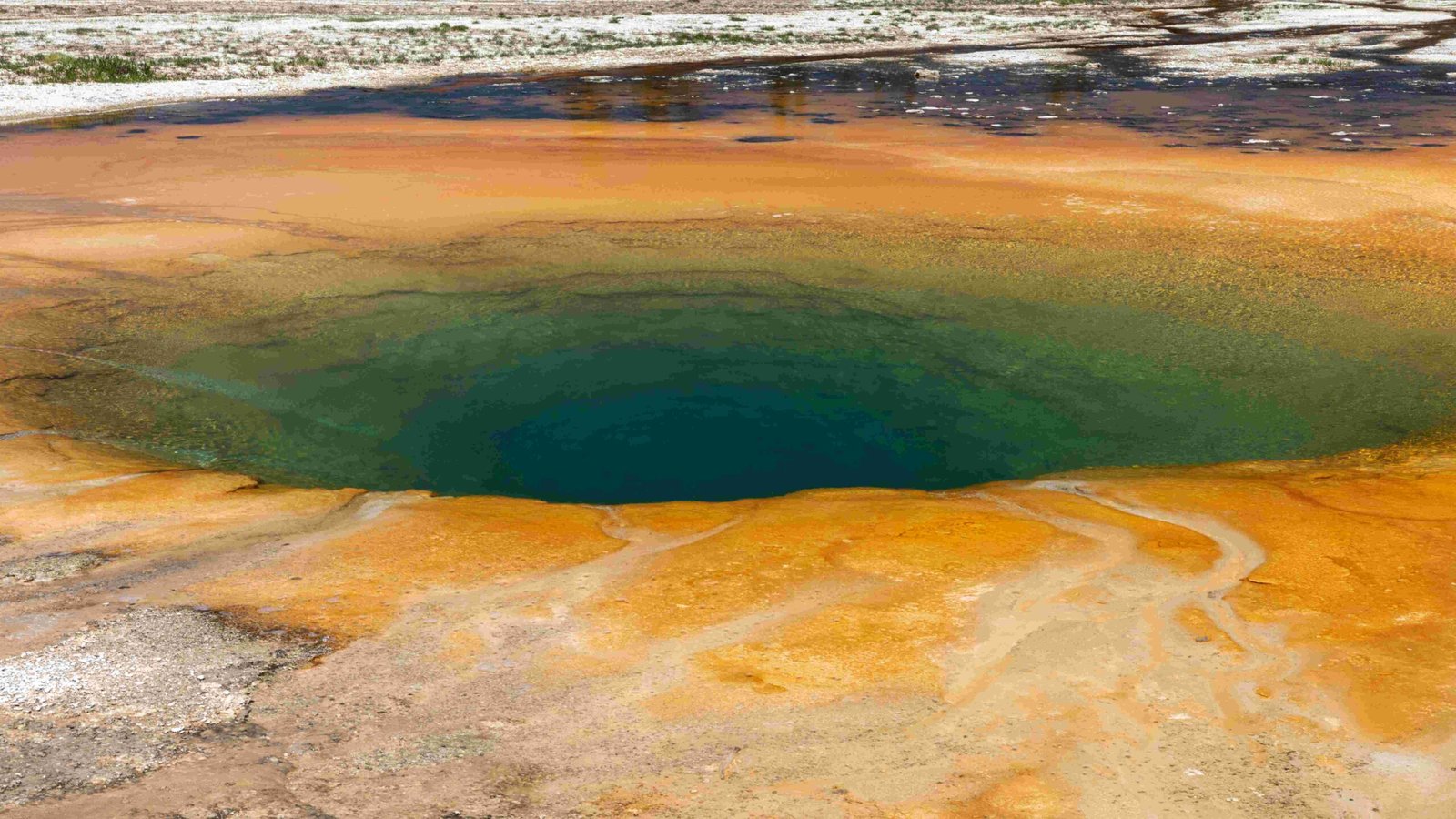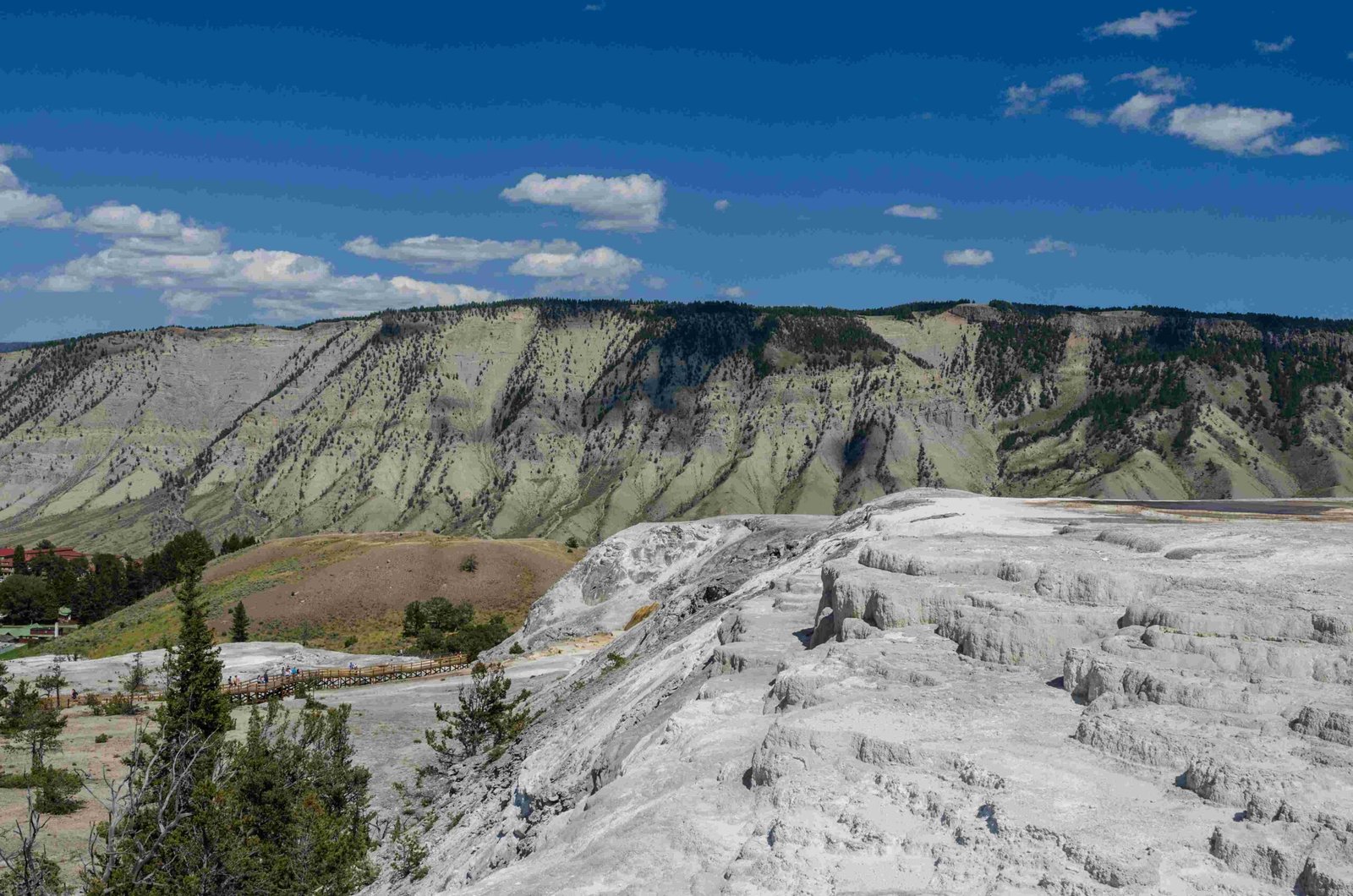Yellowstone National Park is home to a diverse array of wildlife, including iconic species such as wolves, bison, elk, and grizzly bears. The park’s unique ecosystem supports over 60 mammal species, 300 bird species, and numerous fish and reptiles. This rich biodiversity makes Yellowstone a premier destination for wildlife enthusiasts and researchers alike, offering unparalleled opportunities to observe animals in their natural habitat.
What Are the Most Commonly Observed Animal Species in Yellowstone?

Yellowstone National Park boasts a wide variety of animal species, but some are more frequently spotted than others. Here’s a list of the most commonly observed animals:
- Wolves
- Bison
- Elk
- Grizzly Bears
- Black Bears
- Moose
- Bighorn Sheep
- Pronghorn
- Mule Deer
- Coyotes
Wolves: The Apex Predators
Wolves have become one of the park’s most famous residents since their reintroduction in 1995. As of 2023:
- 124 wolves in 11 packs
- 6 breeding pairs
- Average pack size: 10.8 members
- 58 pups produced, with 46 surviving to year-end
Wolves play a crucial role in the park’s ecosystem, influencing the behavior and population of other species, particularly their prey.
Bison: The Park’s Iconic Herbivores
Bison are perhaps the most iconic animals of Yellowstone. Key facts include:
- Approximately 4,800 bison in the park
- The only continuously free-ranging bison population in the lower 48 states
- Successfully conserved after near-extinction in the early 20th century
Elk: The Most Abundant Large Mammal
Elk are the most numerous large mammals in Yellowstone. In 2023:
- Wolves made 96 elk kills (56% of their total kills)
- Elk migration patterns were significantly affected by harsh winter conditions
How Do Native Animals Adapt to Yellowstone’s Unique Environment?

Yellowstone’s diverse habitats and extreme weather conditions have led to fascinating adaptations among its native animals.
Seasonal Adaptations
| Season | Adaptation | Species |
|---|---|---|
| Winter | Thick fur coats | Wolves, Bison, Elk |
| Winter | Hibernation | Grizzly Bears, Black Bears |
| Spring | Migration | Elk, Pronghorn |
| Summer | Nocturnal activity | Coyotes, Mountain Lions |
| Fall | Hyperphagia | Bears |
Habitat-Specific Behaviors
- Thermal Areas: Some animals, like bison, use the warmth from geothermal features to survive harsh winters.
- Alpine Zones: Bighorn sheep have developed specialized hooves for navigating steep, rocky terrain.
- Forests: Elk use dense forests for cover and to escape predators.
- Grasslands: Pronghorn have evolved to be the fastest land animal in North America, capable of outrunning predators in open areas.
Where Are the Best Locations for Wildlife Viewing in Yellowstone?
Yellowstone offers numerous prime locations for observing wildlife. Here are some of the best spots:
- Lamar Valley: Often called “America’s Serengeti,” this area is excellent for viewing:
- Wolves
- Bison
- Grizzly bears
-
Elk
-
Hayden Valley: Another wildlife hotspot, particularly good for:
- Grizzly bears
- Bison
-
Waterfowl
-
North Slopes of Mt. Washburn: Ideal for spotting:
- Bighorn sheep
-
Grizzly bears
-
Fishing Bridge to East Entrance: Great for:
- Grizzly bear sightings
-
Moose
-
Mammoth Hot Springs Area: Good for observing:
- Elk (especially during the fall rut)
- Bighorn sheep
When Is the Best Time to Observe Wildlife in Yellowstone?
The optimal times for wildlife viewing in Yellowstone vary depending on the season and species. Here’s a general guide:
Seasonal Wildlife Activity
- Spring (April-May):
- Bears emerging from hibernation
- Bison calving season
-
Elk migration
-
Summer (June-August):
- Most animals active
- Best time for bird watching
-
Wolf pups and bear cubs visible
-
Fall (September-October):
- Elk rutting season
- Bears preparing for hibernation
-
Fall bird migrations
-
Winter (November-March):
- Wolves more visible against snow
- Bison congregating near thermal areas
- Fewer visitors, more intimate wildlife experiences
Daily Viewing Tips
- Dawn and dusk are generally the best times for wildlife activity
- Use roadside pullouts for safe viewing
- Bring binoculars or a spotting scope for distant observations
What Recent Studies Have Revealed About Yellowstone’s Animal Behavior?
Recent research has provided fascinating insights into the behavior and ecology of Yellowstone’s wildlife:
- Wolf Population Dynamics:
-
2023 Yellowstone Wolf Project report revealed:
- Impacts of harsh winter conditions on wolf and prey populations
- Changes in pack dynamics and hunting patterns
-
Bison Migration Patterns:
- Studies show bison are expanding their range beyond park boundaries
-
Increased understanding of how bison use different habitats seasonally
-
Grizzly Bear Diet and Behavior:
- Research indicates grizzlies are adapting to climate change by shifting their diets
-
Increased interactions between grizzlies and humans outside park boundaries
-
Elk Population and Migration:
- Long-term studies reveal changes in elk migration patterns due to wolf presence and climate change
-
Elk populations have stabilized after initial declines following wolf reintroduction
-
Pronghorn Conservation:
- Research has led to the protection of crucial migration corridors for pronghorn
- Better understanding of pronghorn fawn survival rates and predation pressures
These studies continue to shape our understanding of Yellowstone’s complex ecosystem and inform conservation efforts both within and beyond the park’s boundaries.
How Can Visitors Responsibly Observe Wildlife in Yellowstone?
Responsible wildlife viewing is crucial for both visitor safety and animal welfare. Here are some guidelines:
- Maintain Safe Distances:
- Stay at least 100 yards (91 m) away from bears and wolves
-
Keep a minimum of 25 yards (23 m) from all other animals
-
Use Proper Equipment:
- Binoculars or telephoto lenses for close-up views
-
Do not use drones, as they are prohibited in the park
-
Follow Park Rules:
- Do not feed any wildlife
- Stay on designated trails and boardwalks
-
Keep food secured in bear-proof containers
-
Be Aware of Your Surroundings:
- Watch for signs of animal stress or aggression
-
Be prepared to move away if an animal approaches
-
Educate Yourself:
- Attend ranger-led programs to learn about wildlife behavior
- Visit visitor centers for up-to-date information on wildlife activity
By following these guidelines, visitors can enjoy Yellowstone’s incredible wildlife while ensuring the animals remain wild and undisturbed in their natural habitat.
The animal life on Yellowstone National Park is a testament to the importance of conservation and ecosystem management. From the reintroduction of wolves to the protection of crucial habitats, Yellowstone continues to be a living laboratory for understanding wildlife behavior and ecology. As visitors and researchers alike continue to observe and study these magnificent creatures, the park remains a beacon of hope for wildlife conservation efforts worldwide.
References:
1. 2023 Yellowstone Wolf Project Annual Report
2. Wildlife – National Park Service
3. Wildlife – Yellowstone National Park

